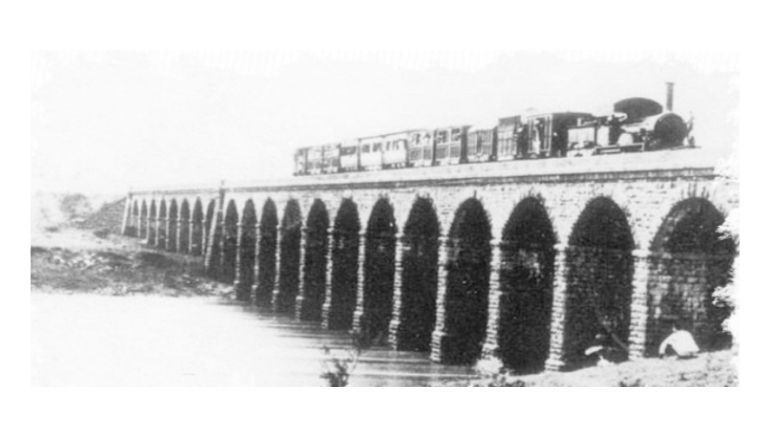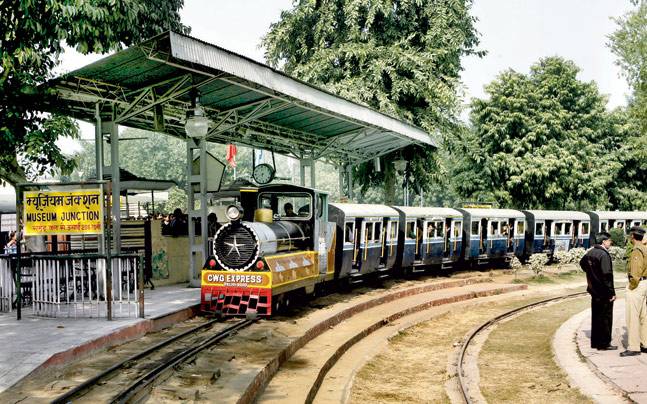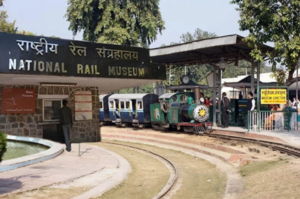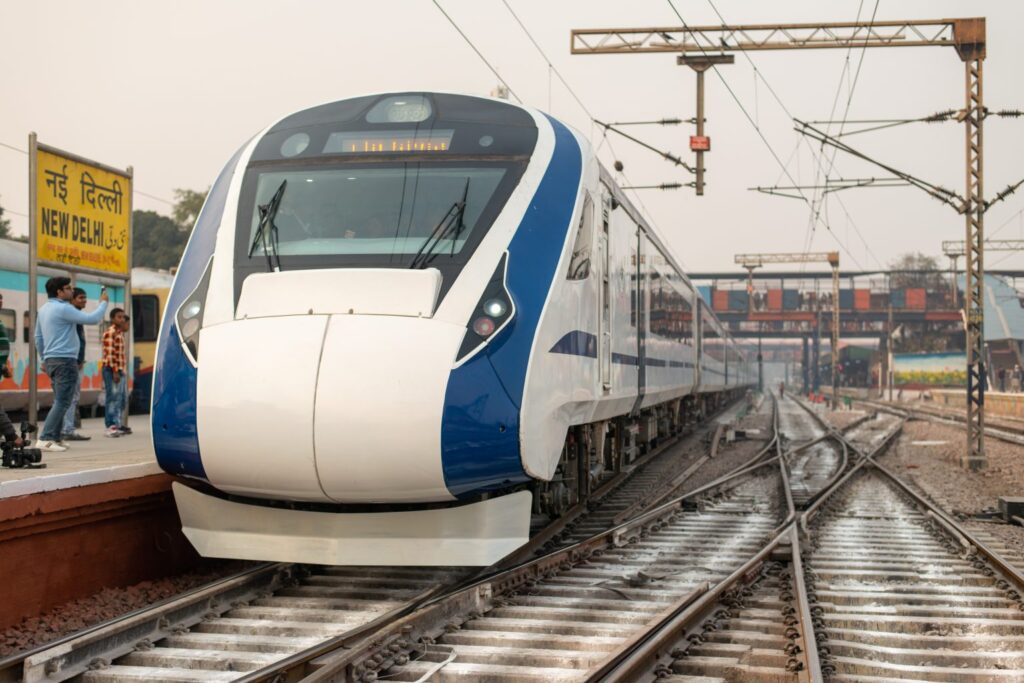The first passenger train in India was started by the Great Indian Peninsula Railway (GIPR) on April 16, 1853, it been 170 years of excellence work of Indian railway. The train ran between Bombay (now Mumbai) and Thane, covering a distance of 34 kilometres. This historic journey marked the beginning of the railway era in India and was a significant event in the country’s transportation history.
The GIPR was the first railway company established in India by the British colonial government, and it played a pivotal role in the development of the Indian Railways. The success of the first passenger train between Bombay and Thane led to the rapid expansion of railways across India, connecting major cities and regions and laying the foundation for the vast railway network that exists in the country today. The introduction of the first passenger train in India was a landmark event that revolutionized transportation in the subcontinent and transformed the way people and goods travelled in the country.
Route of First Passenger Train
The route of the first passenger train in India, which ran on April 16, 1853, was between Bombay (now Mumbai) and Thane, covering a distance of 34 kilometres. The train started from Bori Bunder (now known as Chhatrapati Shivaji Maharaj Terminus or CSMT) in Bombay and terminated at Thane, a neighbouring city located to the northeast of Mumbai.

The historic journey of the first passenger train in India took approximately 57 minutes to cover the distance between Bombay and Thane, and the train was hauled by three locomotives named Sahib, Sindh, and Sultan. The train consisted of 14 carriages, carrying around 400 passengers, including dignitaries and officials who witnessed the inaugural event.
This first passenger train marked the beginning of the railway era in India and laid the foundation for the extensive railway network that exists in the country today. The success of this historic journey led to the rapid expansion of railways across India, connecting major cities and regions and transforming the transportation landscape of the subcontinent.
Who inaugurated first Passenger train in India?
The first passenger train in India was inaugurated on April 16, 1853, by Lady Falkland, the wife of the then Governor of Bombay (now Mumbai), Sir Henry Bartle Edward Frere. The train ran between Bombay and Thane, covering a distance of 34 kilometres, and marked the beginning of the railway era in India.
The historic event took place at Bori Bunder, which is now known as Chhatrapati Shivaji Maharaj Terminus (CSMT) in Mumbai, and was witnessed by a large gathering of dignitaries and spectators. Lady Falkland flagged off the train, which was hauled by three locomotives named Sahib, Sindh, and Sultan, and the first passenger train in India embarked on its maiden journey, heralding a new era of rail transportation in the country.
The introduction of the first passenger train in India was a significant event that transformed the way people and goods travelled in the subcontinent, and the Indian Railways has since played a crucial role in the economic and social development of the country, connecting people and places, fostering trade and commerce, and contributing to national integration.
National Rail Museum
National Rail Museum is located at Chanakyapuri, near the famous Embassy area in New Delhi. The National Rail Museum is a popular tourist attraction and a unique museum dedicated to preserving and showcasing the rich heritage of railways in India.
The National Rail Museum was established in 1977 and covers an area of about 10 acres. It has an impressive collection of over 100 exhibits, including vintage steam locomotives, historic railway coaches, signalling and telecommunication equipment, models, photographs, and various other artifacts related to the history of railways in India. Some of the prominent exhibits at the National Rail Museum include the Fairy Queen, the world’s oldest working steam locomotive, the Patiala State Monorail Trainways, the oldest mono-rail system in the world, and a replica of India’s first train, the “Victoria,” which ran between Bombay (now Mumbai) and Thane in 1853.

The National Rail Museum also has an indoor gallery that displays various railway-related paintings, photographs, and exhibits that provide insights into the evolution of Indian Railways over the years. Additionally, the museum has a toy train ride, a working model railway, and an outdoor display of different types of railway engines and coaches.
The National Rail Museum is a fascinating destination for railway enthusiasts, history buffs, and tourists alike, offering a glimpse into the rich heritage of Indian Railways and its role in shaping the country’s transportation history.
Who started National Rail Museum?
 The National Rail Museum in Delhi, India, was established by the Ministry of Railways, Government of India. It was inaugurated on February 1, 1977, by the then President of India, Shri Neelam Sanjiva Reddy. The museum was created to preserve and showcase the rich heritage of railways in India, and it has since become a popular tourist attraction and a unique destination for railway enthusiasts and history buffs.
The National Rail Museum in Delhi, India, was established by the Ministry of Railways, Government of India. It was inaugurated on February 1, 1977, by the then President of India, Shri Neelam Sanjiva Reddy. The museum was created to preserve and showcase the rich heritage of railways in India, and it has since become a popular tourist attraction and a unique destination for railway enthusiasts and history buffs.
The National Rail Museum is managed and operated by the Indian Railways, which is one of the world’s largest railway networks and has a long and illustrious history dating back to 1853 when the first passenger train ran in India. The museum houses an impressive collection of historic locomotives, coaches, signalling equipment, models, photographs, and other artifacts related to the history of railways in India, providing visitors with a fascinating insight into the evolution of Indian Railways over the years.

